11 Things You Need To Know Before Buying An F56 Mini
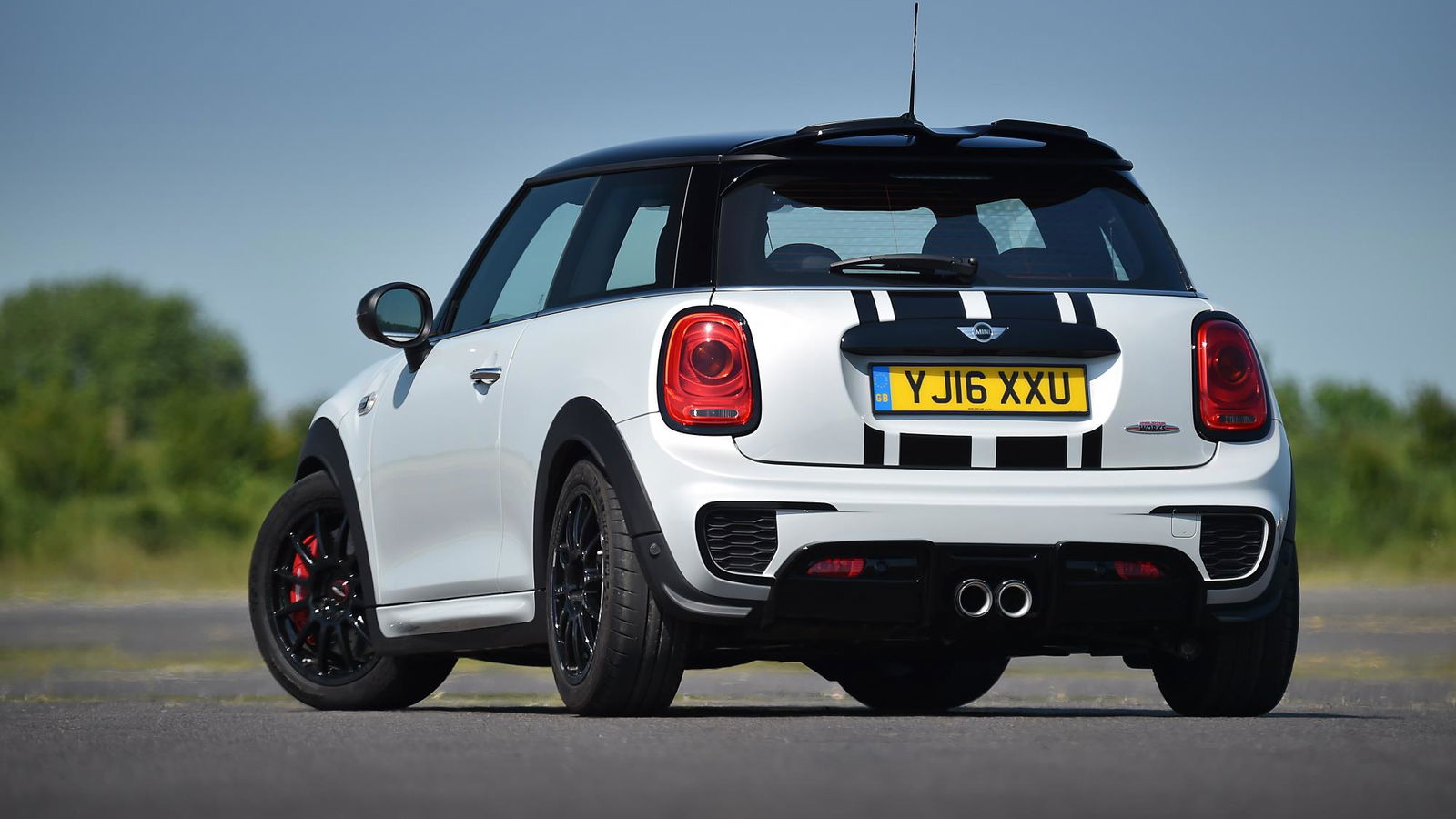
The recent reveal of the all-new J01 Mini Cooper Electric can mean only one thing – the current F56 Mini hatch's days are numbered. 10 years have passed quickly, and you have to admit it’s had a good innings. However, if your budget won’t stretch, or you just don’t like the new car, the F56 is a great option and the biggest revolution in terms of the modern Mini since the first-generation R50 and R53.
So, if you’ve decided the current F56 Mini is the hot hatch for you, let us help you buy the best; just follow these 11 buying points.
It’s not as attractive a design as the first two Minis
The F56 Mini shares the rounded curves, circular details, and floating roof as the first-generation Mini, styled by Frank Stephenson. However, it’s 44mm wider and 7mm taller than the R50/R53 and in our opinion not as well proportioned.
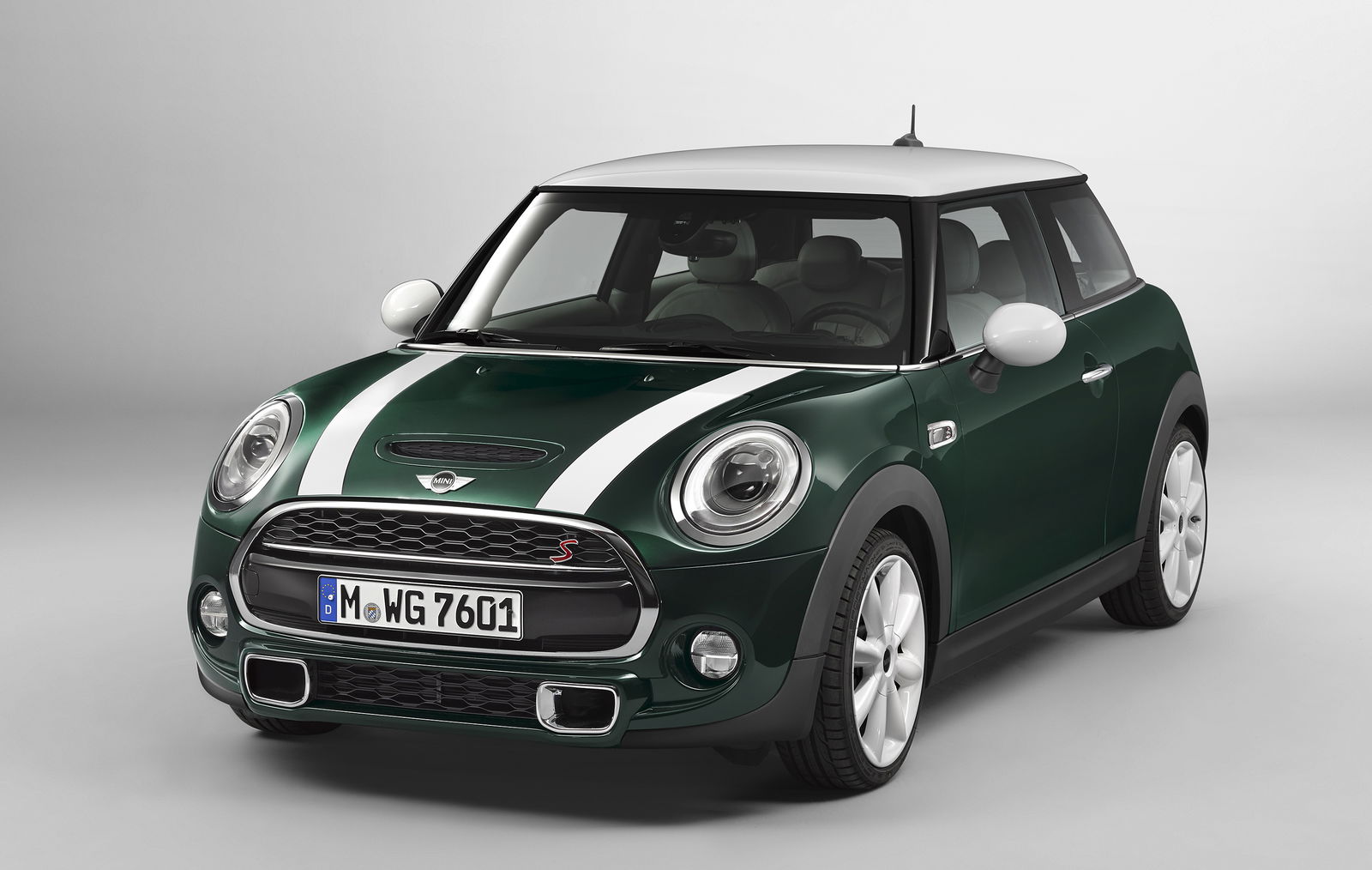
The proportion issues of the F56 design are most obvious from the side, where you’ll notice it has a much longer front overhang, which was the result of new crash test regulations.
There are many Mini colour combinations - Rebel Green is popular as it’s a JCW-only colour and it looks black in some lights.
Other big design changes for the F56 Mini revolve around the large bug-eyed headlights, which were upgraded to LED versions at the LCI facelift, with distinctive ‘halo’ daytime running lights, that also double up as the indicators.
Move to the back, and there are large rear light clusters, which were changed to the Union Jack LCD design, also at the LCI facelift. Meanwhile, the update brought new colours such as the Solaris Orange and more options including the Piano Black exterior pack that removes the chrome and became standard on JCW models.
JCW styling adds attitude
You can identify the sportiest JCW and more latterly ‘Sport’ trim versions of the F56 Mini by the front grilles. There are meshed-style upper and lower front parts. The JCW also does away with the fog lights and gets another pair of front grilles where they were.
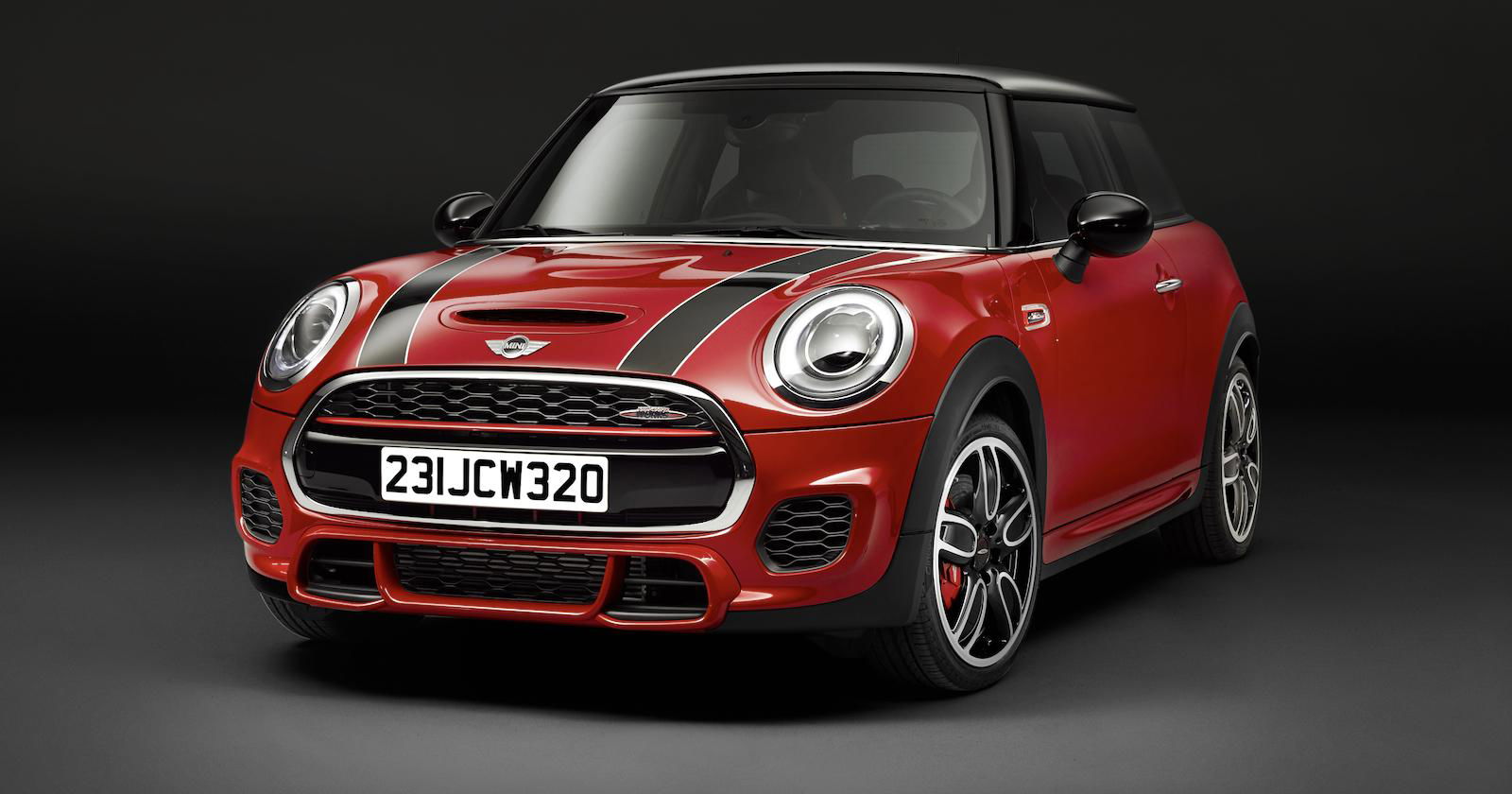
At the side, there are colour-coded side skirts and bigger alloy wheels. At the back, like the front, there’s a chunkier rear apron, with more (fake) grilles, a distinctive rear spoiler, and a centre exit exhaust for Cooper S and JCW models.
You get punchy, BMW-supplied engines
Available from launch in March 2014 were performance Cooper and Cooper S versions, plus a frugal Cooper D diesel. Rather than inheriting the Tritec engine from Chrysler, like the first-generation car, or the clever, efficient, punchy but flaky PSA Peugeot/Citroen-supplied‘Prince’ units in the second-generation R56 hatch, both got BMW Twinpower turbocharged three and four-cylinder petrol and three-cylinder diesel engines.
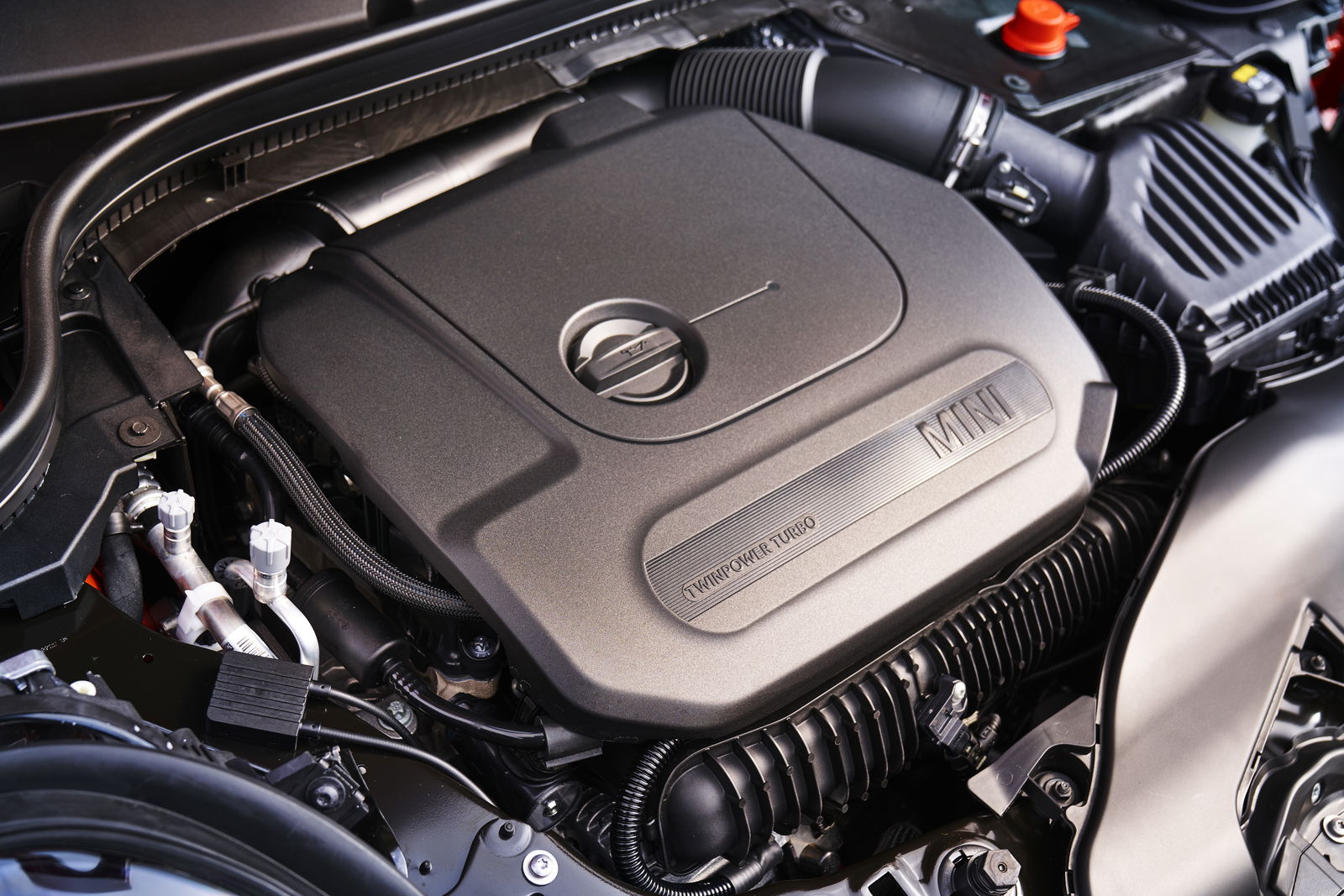
The 1.6-litre, three-cylinder Cooper develops 134bhp for a 0-62mph time of 7.9 seconds. The Cooper S offers the most performance, with the 2.0-litre, four-cylinder delivering 189bhp, with 206lb ft of torque and 0-62mph acceleration in just 6.8 seconds. Go for the diesel, and you get a three-cylinder 1.5-litre with just 112bhp, but a punchy 156lb ft and efficiency over 80mpg.
In spring 2015, the performance range-topper, the John Cooper Works or JCW, was launched with a 231bhp version of the 2.0-litre Twinpower petrol. Available as an automatic first, 0-62mph acceleration was just 6.1 seconds and a top speed of 153mph.
It’s reliable, economical, and tuneable
The lukewarm Cooper hatch is still capable of a 62.8mpg combined consumption figure. However, even with the added performance, the Cooper S is surprisingly frugal, with a 49.6mpg combined figure.
The Twinpower engine fitted in the Cooper and Cooper S have proved, in general, to be reliable. However, watch for crank-bearing issues on early engines. Sometimes it’s possible to just change the bearing, but this problem can involve fitting a new engine.
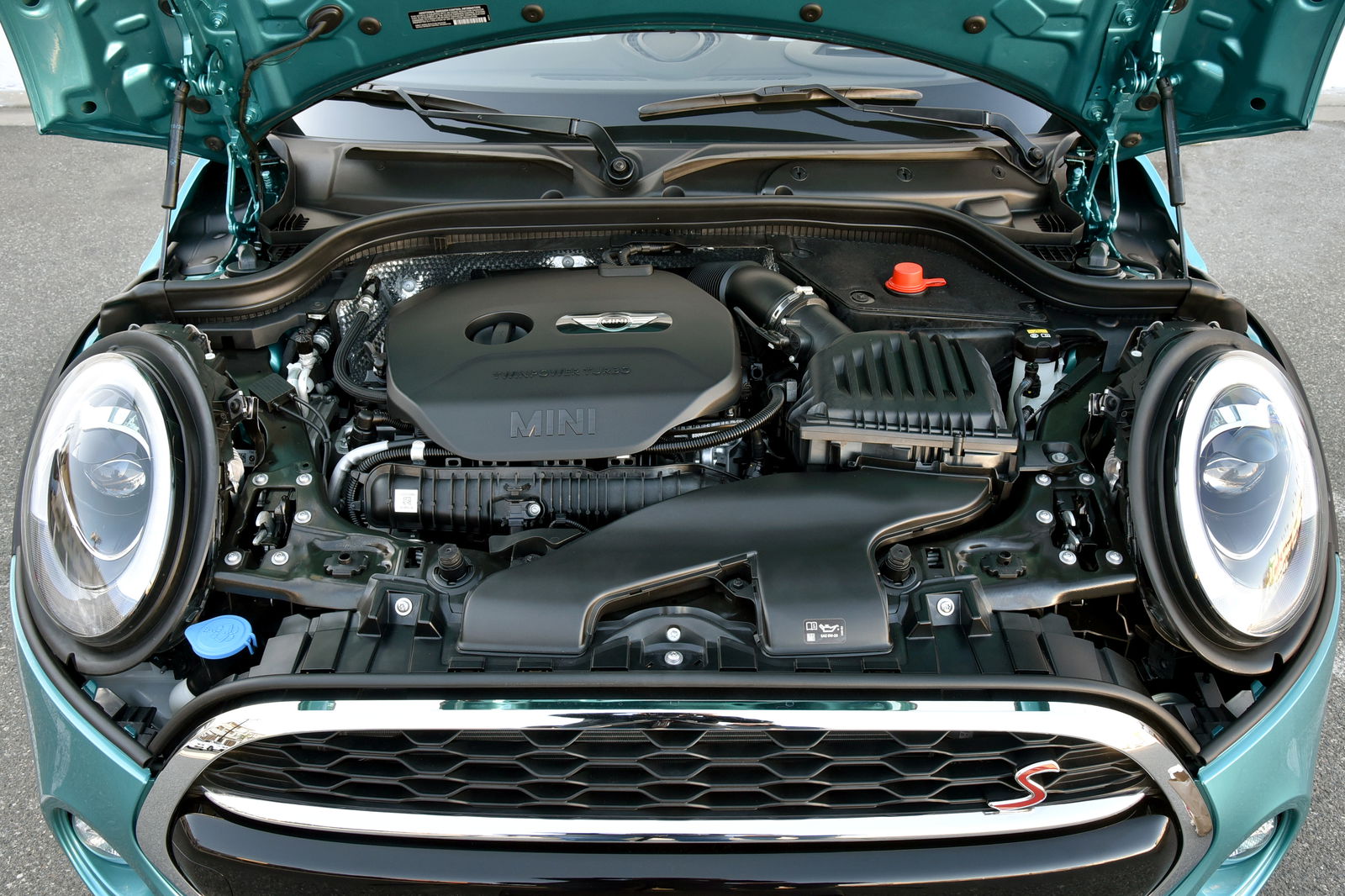
The JCW is powered by the BMW B48 2.0-litre, turbocharged 16-valve engine also used in the 1-Series, 3-Series and 5-Series. It is still capable of achieving a 42.1mpg fuel consumption figure.
After the LCI facelift, the JCW took an enforced six-month hiatus, thanks to the stricter Euro 6d-TEMP emissions standard that was part of the new WLTP legislation. The revised car included a petrol particulate filter, but there is no change to the performance.
The B48 engine isn’t affected by the crank bearing and oil solenoid issues of the Cooper and Cooper S. In fact, it can easily be remapped to over 300bhp with other supporting upgrades. Just watch for injector and air leak issues.
Not sure about the GP3? Look out for a JCW Challenge!
We might have been in the thick of the pandemic, but the Spring of 2020 saw deliveries of the most extreme development of the F56 JCW hatch, with the iconic ‘GP’ badge on the boot. Despite unique wide carbon fibre arches, a huge rear wing, 18-inch wheels and 306bhp, the Mini GP3 is probably the most divisive performance version of the F56 thanks to the uninvolving standard seven-speed automatic gearbox and rock-hard ride.
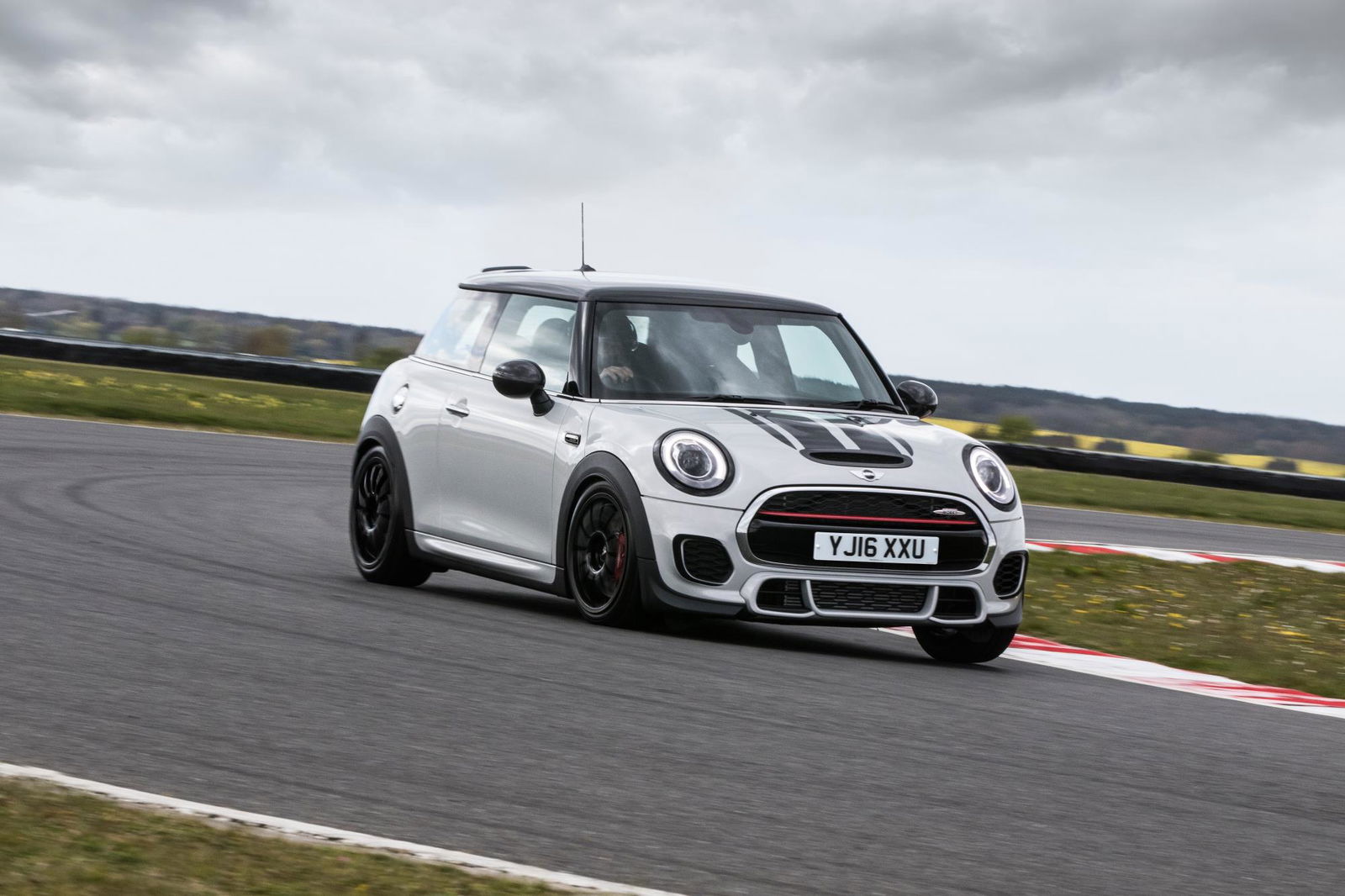
As such, we’d much rather have the far rarer (just 50 cars produced!) JCW Challenge hatch from 2016. The result of skunkworks team of engineers working at the Oxford factory and journalists from evo magazine. The idea was to create a roadgoing version of the Mini Challenge race car. So, this Mini JCW was upgraded with mods from suppliers of the race series, including Nitron adjustable coilovers, a Quaife limited-slip differential, and Team Dynamics alloy wheels with Michelin Pilot tyres.
All individually numbered Challenge cars were finished in White Silver with a black roof and were priced at £32,000 each. Cars with the lowest miles shouldn’t set you back more than £20,000. A bargain considering what you’re getting.
The ride is still firm
Thanks to the standard MacPherson struts, coil springs, an anti-roll bar and of course, the rear Z-axle, all F56 hatches have precise steering and entertaining handling – as you’d expect of a Mini. However, despite the sophisticated feel of the third-generation car, the ride on bigger wheels, such as the 18s is still on the firm side. On the flip side, this makes the standard passive dampers ripe for upgrading and will also sort the standard F56’s lofty stance.
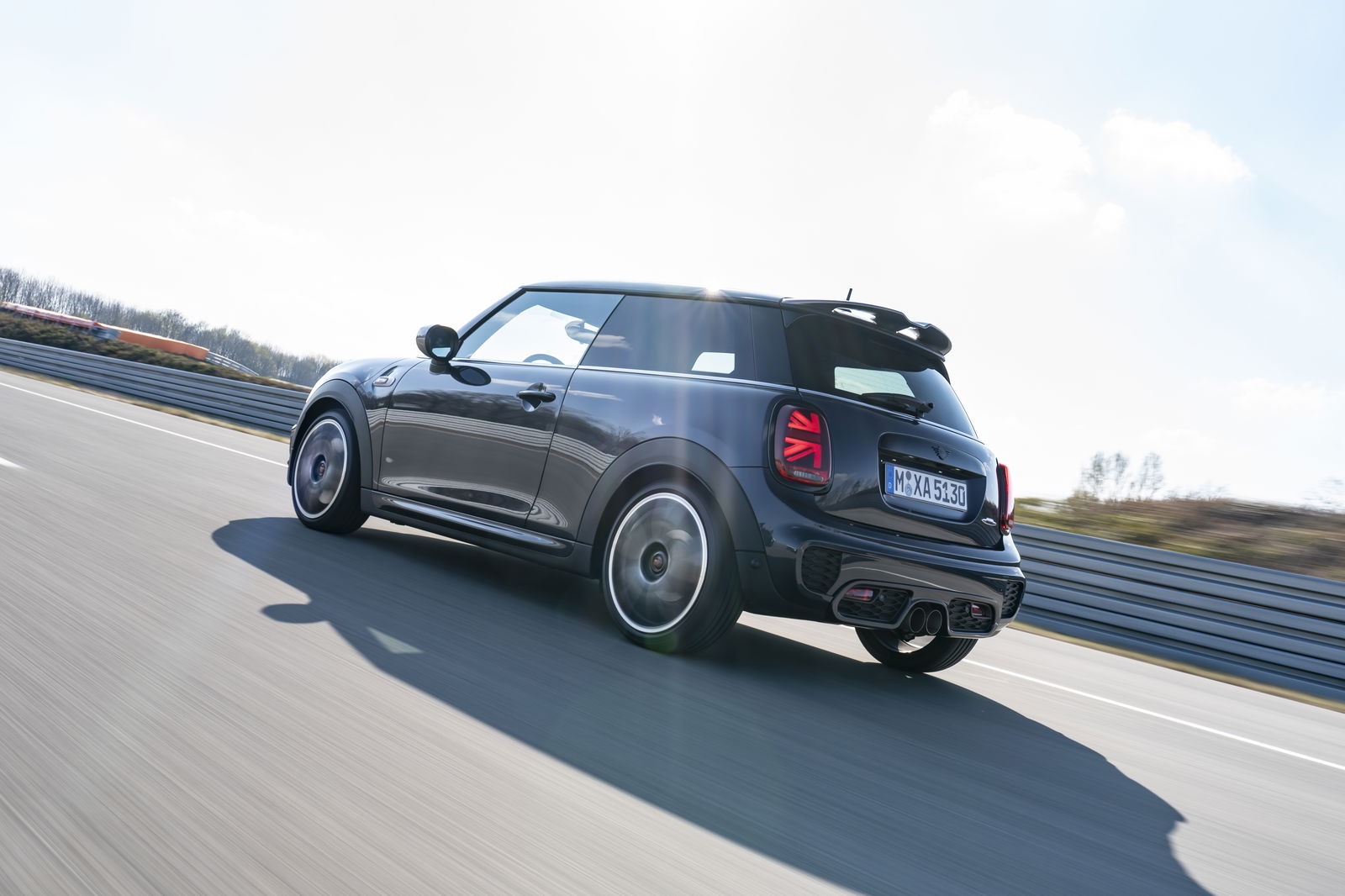
Adaptive dampers were available for the first time and are a popular option on the JCW, although Sport mode is the firmest and probably best left for the track. The good news is you can mix the driving modes and damper settings to your personal liking.
The UK-only Challenge limited edition (mentioned earlier), with its adjustable Nitron coilover dampers, is a good example of what can be done.
The JCW is susceptible to tyre choice
Check the condition of the standard fit five-spoke alloy wheels – they are easily curbed. Cooper, Cooper S and JCW models also have the biggest rims, which are the most susceptible. Wheel refurbs mean this damage is easily fixed, but costs soon mount up if there is more than one wheel.
Excessive damage could be a sign of more serious suspension damage. Also, check what tyres are fitted to any possible JCW purchase, as its handling is affected by tyre choice and the OEM Pirelli tyre is least favoured.
Rust isn’t a problem – but watch for faded plastics
The oldest F56 Mini is just 10 years old, so rust shouldn’t be a problem unless previous bodywork repairs haven’t been well executed. However, check the condition of the black side scuttles, black grille and front bumper bar as they can noticeably fade in the sun. The textured black plastics on the wheel arches and under the front and rear bumpers quickly fade too, but respond well to cleaning and protection products should help them keep their colour.
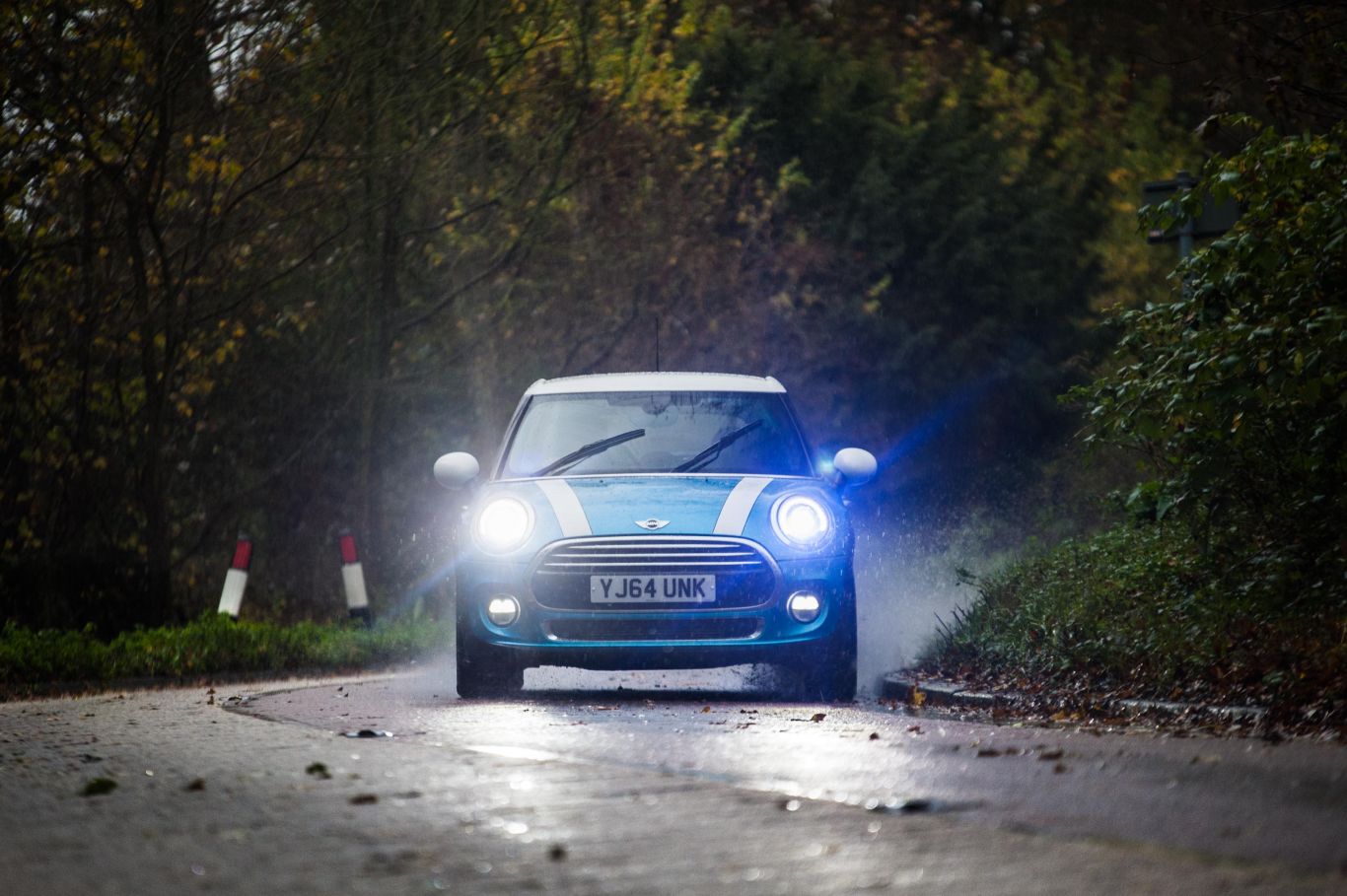
Next, open the doors and check the door shuts for signs of paint rubbing – as there’s a known issue with the door seals taking the paint off. Elsewhere, check for misted front headlights.
The interior quality is equal of a BMW
With all of its soft-touch plastics and quality trim, there’s a really premium feel to the interior of any F56. After the dinner-plate-sized speedometer of the previous second-generation R56 Mini, the biggest change is the fact that the speedo joins the rev counter in a pod on the steering column.
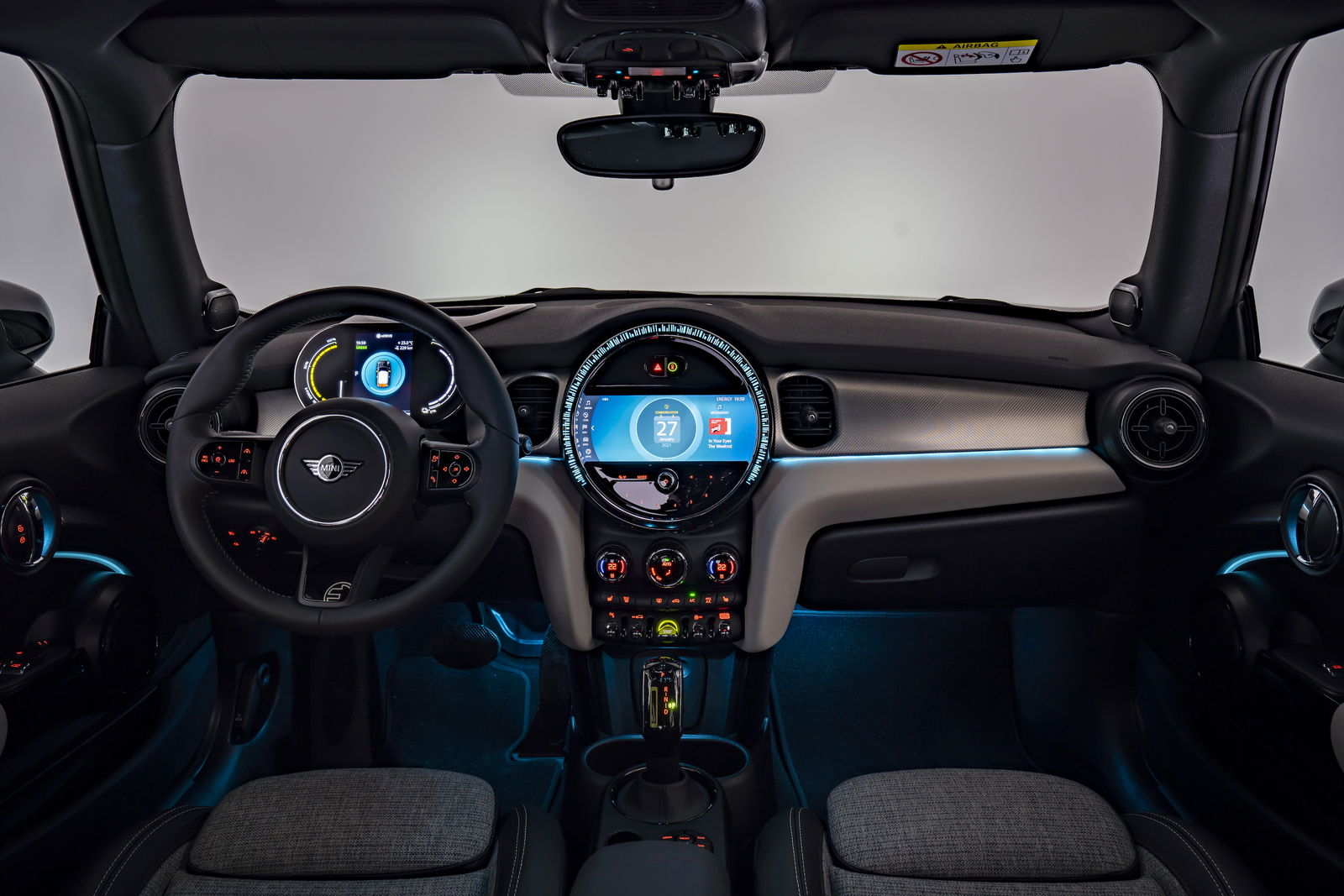
Central speedo or not, an infotainment screen fills that space, with the same circular theme as before. This screen is usually edged by what Mini calls ‘emotion lights,’ which change colour and pattern according to function and speed, but are a bit cheesy.
Electrical issues are rare
Even the earliest F56s are fairly new, with the latest wiring loom, so electrical problems that plagued the first and second-generation Minis are rare – but are not sadly unheard of.
There have been isolated cases of issues with the satellite navigation system, plus more common items such as the steering-wheel-mounted horn push not working.
It’s longer, but you don’t get any more interior space!
The F56 might be 28mm longer than the car it replaces, but that doesn’t equal much more interior space and rear seat access is still difficult. In fact, this extra rear space is most noticeable in the boot, as it now totals 211 litres, which is a 61-litre increase over the previous R56.
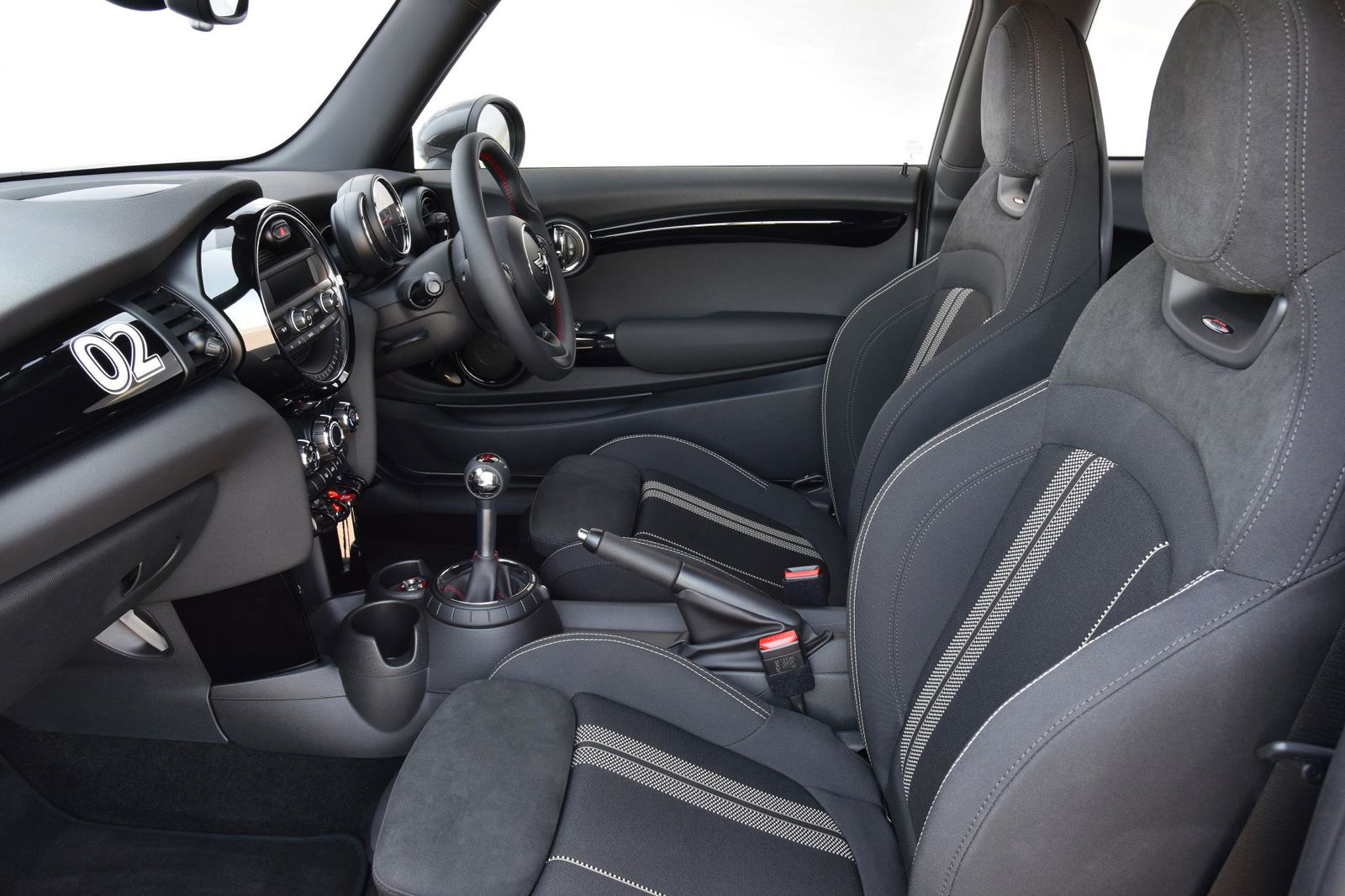
Two types of sports seats are fitted. In our opinion, the single-piece, high-backed type fitted first in the JCW and latterly in the ‘Sport’ specification for Cooper and Cooper S models are the most supportive.
Check the condition of the bolsters of the sports seats for wear – this should be in line with the age and mileage.
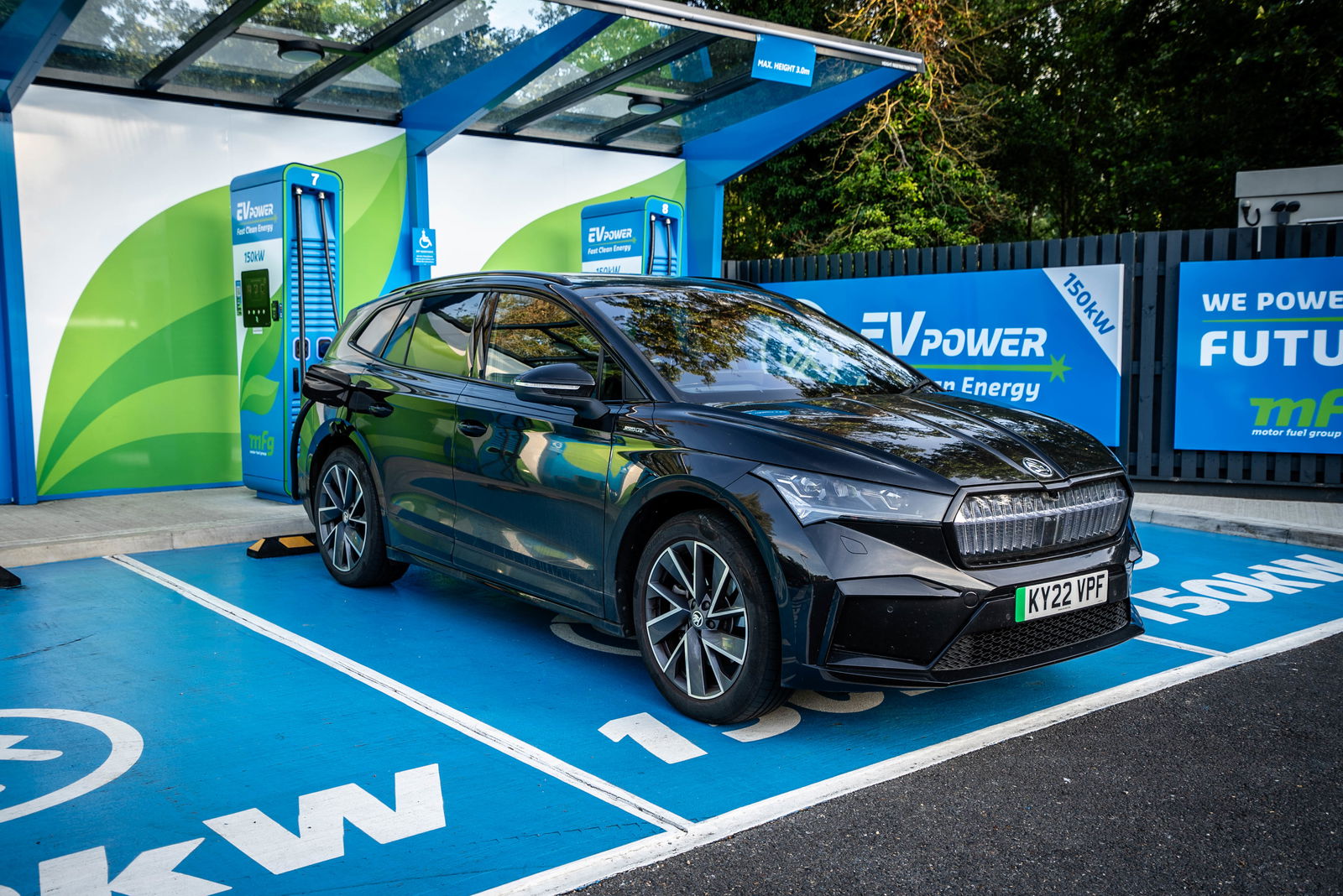
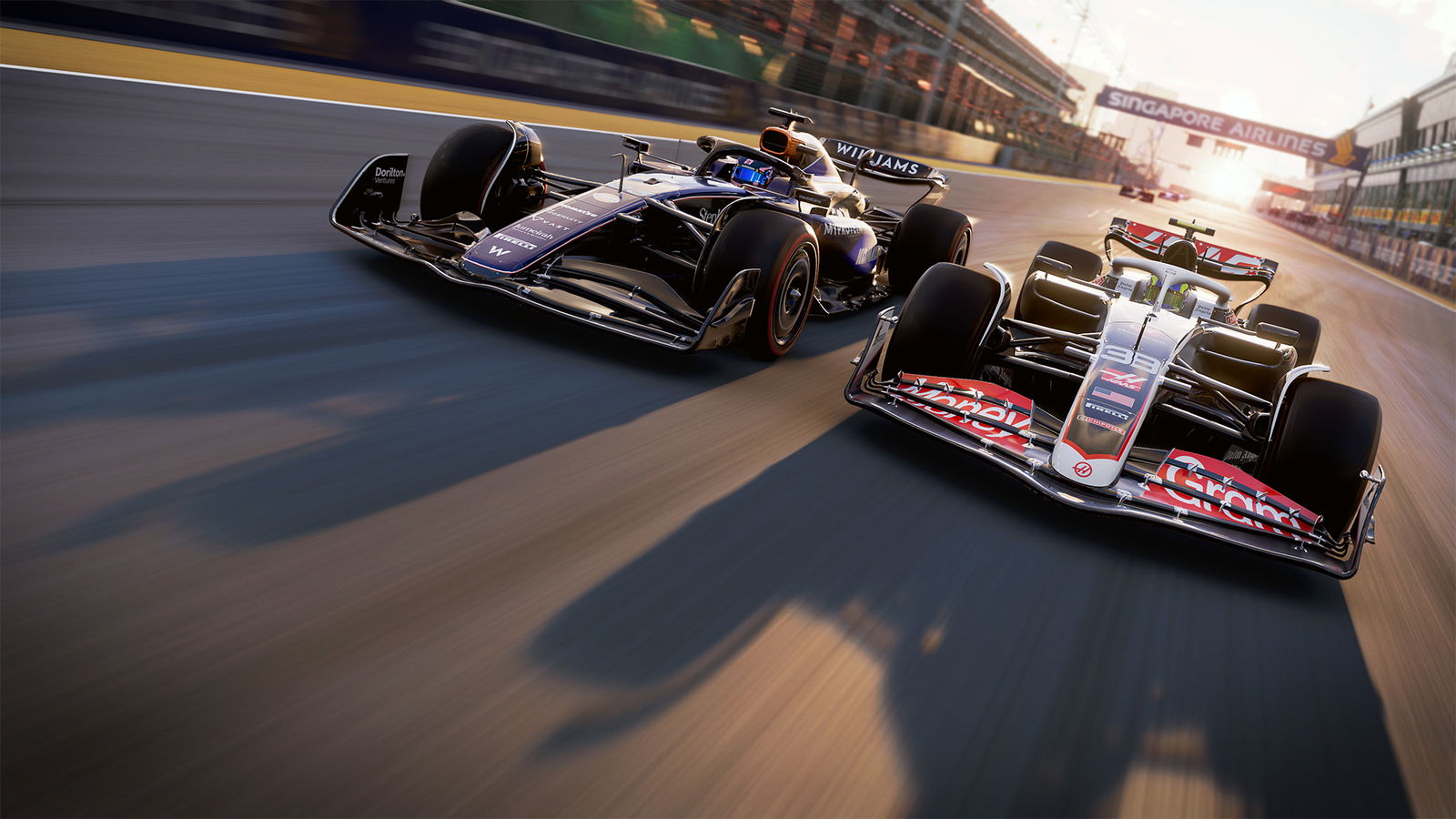
Comments